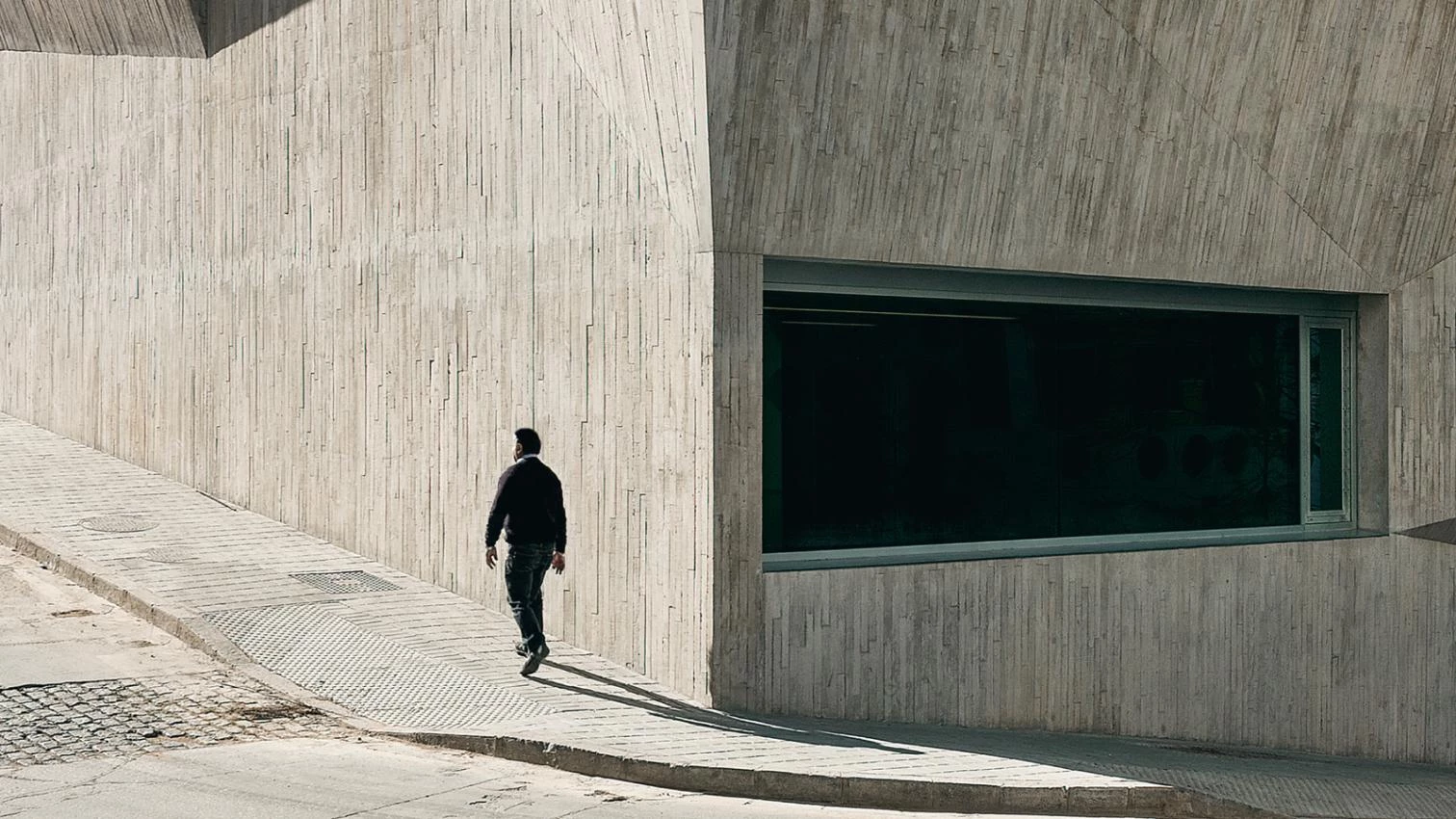
The mythical Pillars of Hercules marked the limit of the known world – non terrae plus ultra – and their hypothetical identification with the Rock of Gibraltar and Mount Hacho in Ceuta established the oceanic threshold of the Mediterranean, leading the Spanish monarchy to choose the Plus Ultra motto for its American expansion. In this singular territory, Ángela García de Paredes and Ignacio García Pedrosa have built, after 25 years of independent career, a unique work that takes them beyond their own Pillars of Hercules, marking a turning point in their path and opening up new horizons that will take them beyond – plus ultra – familiar grounds, perhaps in search of the Atlantis dreamt by Ángela’s great-uncle, Manuel de Falla: a composer who wanted to find the Temple of Hercules in Cádiz, where his descendants would build their summer home almost a century later.
In Ceuta, on the other side of a Strait that they have crossed over a hundred times, Paredes and Pedrosa have managed to interpret with intelligence and syncretic intention the nature of a place characterized by the valuable Muslim remains and the demanding topography of the site. Combining the severe folds of the coastal forts and the traditional screens that protect from glare, they have raised a public library that is also an archaeological site and a civic center. This veiled fortress has become a social condenser brimming with life, a meeting space for people of different origin, religion and age, and a source of pride for a city where it is set on its oblique plinth as a jewel of aluminum and light, resting on wall-like supports that delicately avoid the remains of the fourteenth-century urban settlement, where the historic stratigraphy of this palimpsest of mixed cultures once started.
The architects have met in this work the many functional and contextual demands, effortlessly mixing study and visit, modern construction and Islamic tradition. But they have also managed to merge a host of architectural influences in a coherent whole, orchestrating the lessons of José María García de Paredes or Antonio Fernández Alba with the integration of the ruins by Moneo in Mérida or the monumental fenestration of Sota in Tarragona, and reconciling the splayed windows of Utzon in Mallorca with the interiors of Navarro Baldeweg in Altamira, or even with the Seattle touch of the faceted glass roof: a pale palette of references that reaches its peak moment of beauty in the air held still over the abrupt earth of the archaeological remains, oversailed by a swarm of weightless lamps, slender like heron feet and light like fireflies, that spill unused light to create a space of rough serenity.





